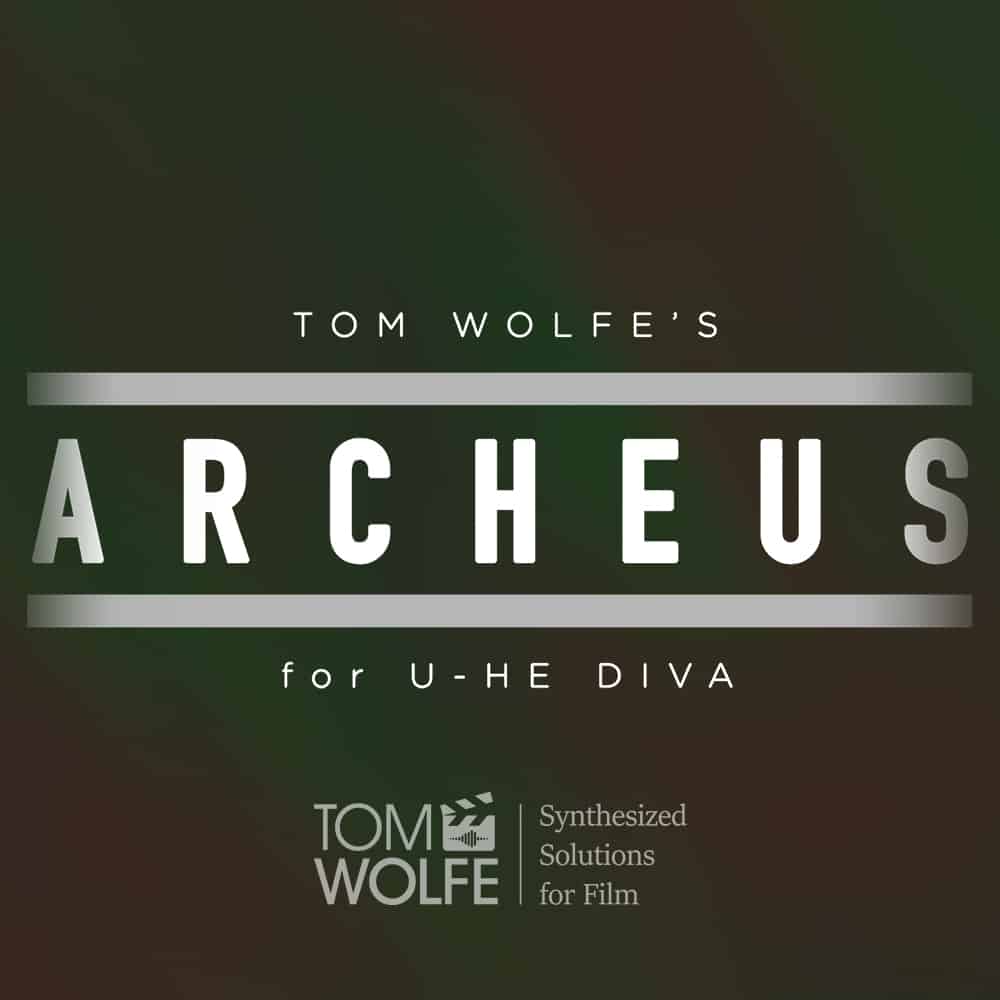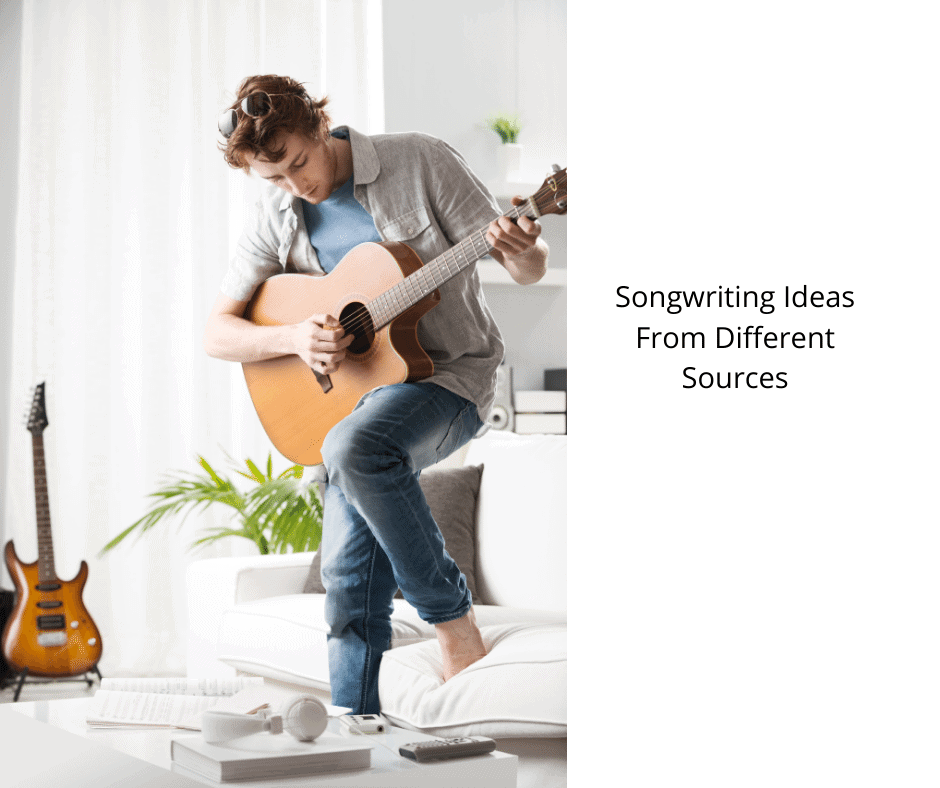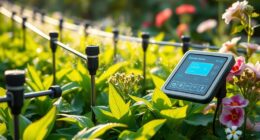Qu-Bit Nebulae V2
NOTE: This is a first patch video and there’s a lot to figure out by trial on error because the manual doesn’t provide a typical workflow for certain scenarios. So I will definitely revisit this module and try to help you understand it.
There are many granular solutions for Eurorack, where Arbhar, Clouds, Beads and Morphagene are probably the most used. Qu-Bit also provides the Nebulae V2 granular looper which is often overlooked as a contender.
Arbhar, Clouds, and Beads have true polyphonic grain generation, allowing you to create huge textures with randomly picked sound fragments from a buffer. Both Arbhar and Beads also offer the ability to manipulate the pitch and time of the grains, creating complex and evolving soundscapes. With the interference in cloud buffer, users can further customize and shape the textures to suit their musical needs, making these modules powerful tools for sound design and experimentation. Whether you’re looking to add subtle layers to your tracks or completely transform a sound, these polyphonic grain generation modules offer endless possibilities for creative expression.
They work similarly but provide tons of different features. I’d say Arbhar is the most powerful of the three. Then there’s the granular looper/microsound camp, where you can find Morphagene and the Nebulae. Again, both share a lot of similar features.
Morphagene has an alien interface and sounds a bit raw where Nebulae sounds smooth because of its elastic audio engine – which I think is totally amazing for continuous tones. Finally, Nebulae is the only module that supports different firmware as a DSP platform.










